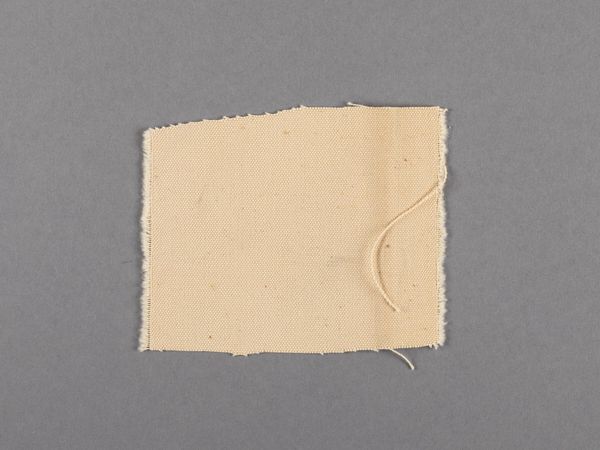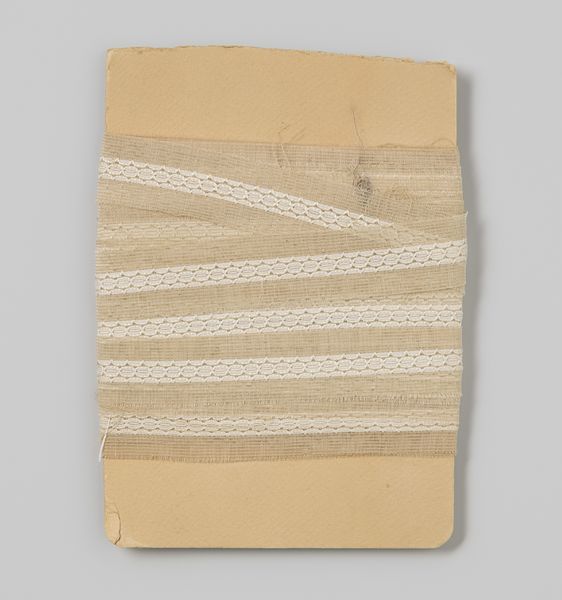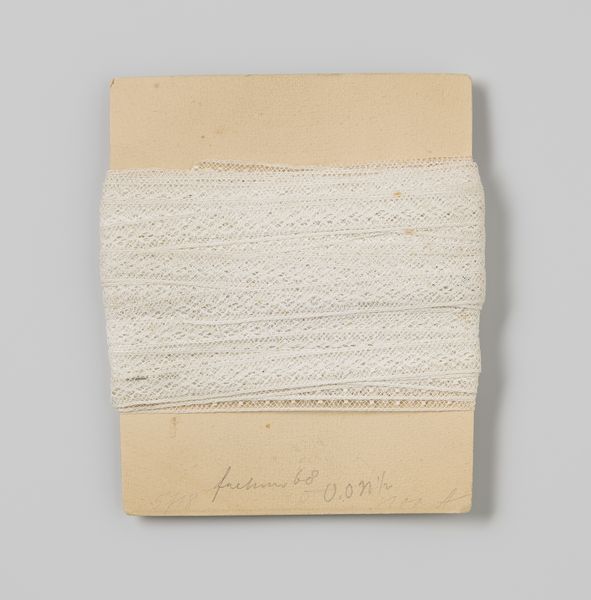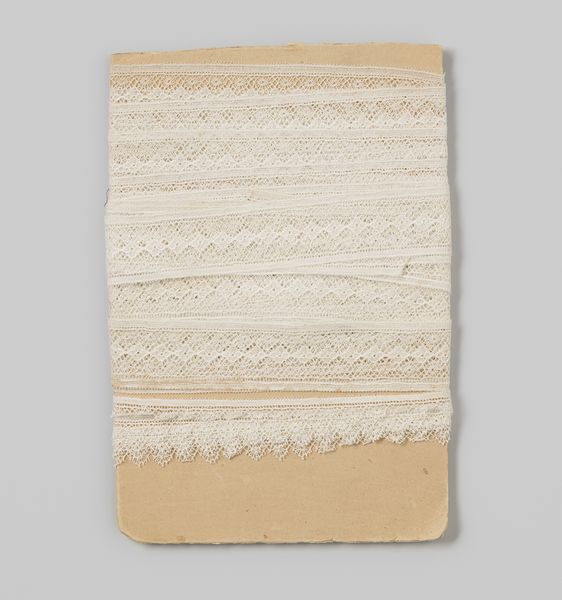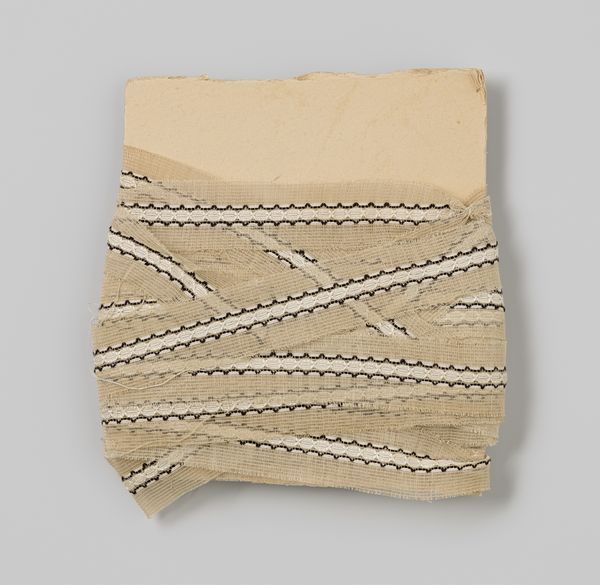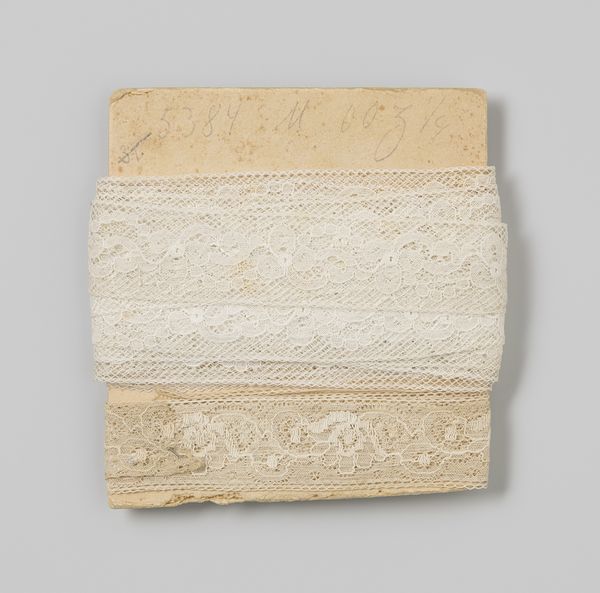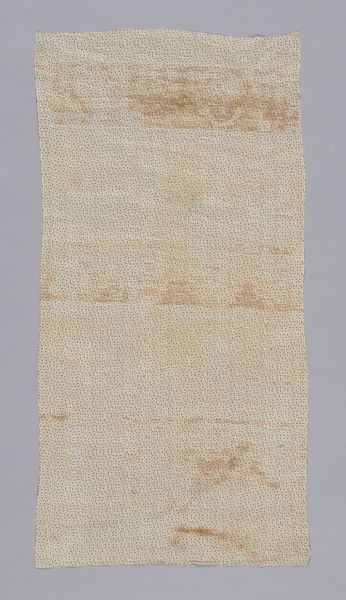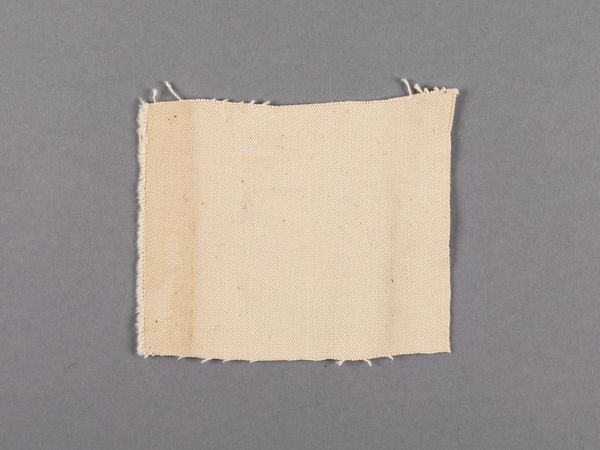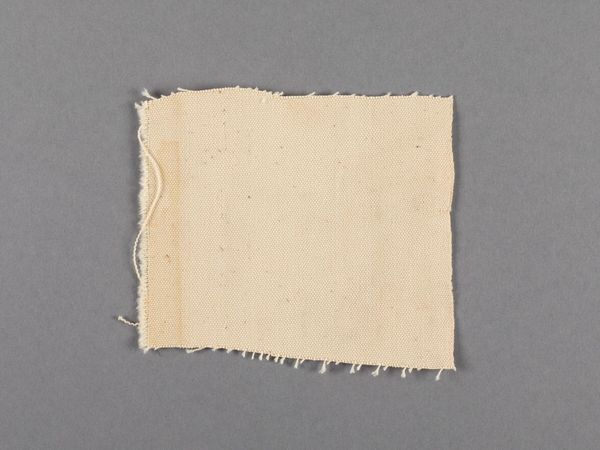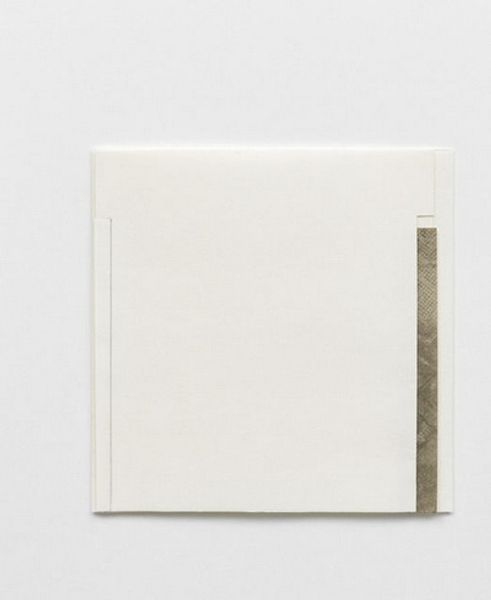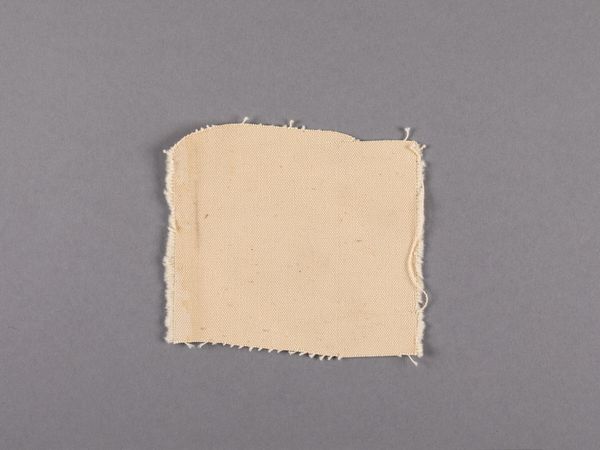
fibre-art, textile, paper
#
product shot
#
print print-like
#
fibre-art
#
homemade paper
#
flat design on paper
#
studio lighting mockup
#
textile
#
personal journal design
#
paper
#
white focal point
#
publication mockup
#
design mock up
#
decorative-art
#
design on paper
Dimensions: width 3.4 cm, length 15 cm, width 10.3 cm
Copyright: Rijks Museum: Open Domain
Editor: This is "Tussenzetsel van witte kant met floraal motief," or "Insertion of white lace with floral motif," dating from around 1920. It's a textile piece, part of the Rijksmuseum's collection. It feels so delicate and almost ephemeral. How do you read this artwork? Curator: From a materialist perspective, the labor involved in creating this lace is paramount. Think of the anonymous makers, the time spent, and the skill required to produce such intricate work. Consider its original function, likely adorning clothing or household linens of a certain class. Editor: It does make you think about who made it, not just who wore it! Was lacemaking a common profession? Curator: Precisely. It was a cottage industry for many, especially women. The floral motif, though seemingly decorative, also speaks to a connection with nature, perhaps reflecting the lives and environments of the lacemakers. Think of the raw materials, the thread itself, and where that originated. Editor: So it's not just about the pretty pattern, but the entire production chain. It almost elevates craft to fine art by considering its context. Curator: Exactly! It challenges the traditional hierarchy. What does it mean that this object survives in a museum today? How does its meaning shift when we remove it from its initial context of use and place it in an institution of art? Editor: That's a great point, removing it from its original use really changes the viewer’s focus. Curator: Ultimately, this piece prompts us to consider the social and economic forces intertwined with the production and consumption of even the most seemingly simple and beautiful objects. I find that really rewarding, don't you? Editor: Absolutely, seeing the lace as more than just pretty patterns but as a marker of labor and social class adds a completely new layer of appreciation!
Comments
No comments
Be the first to comment and join the conversation on the ultimate creative platform.

